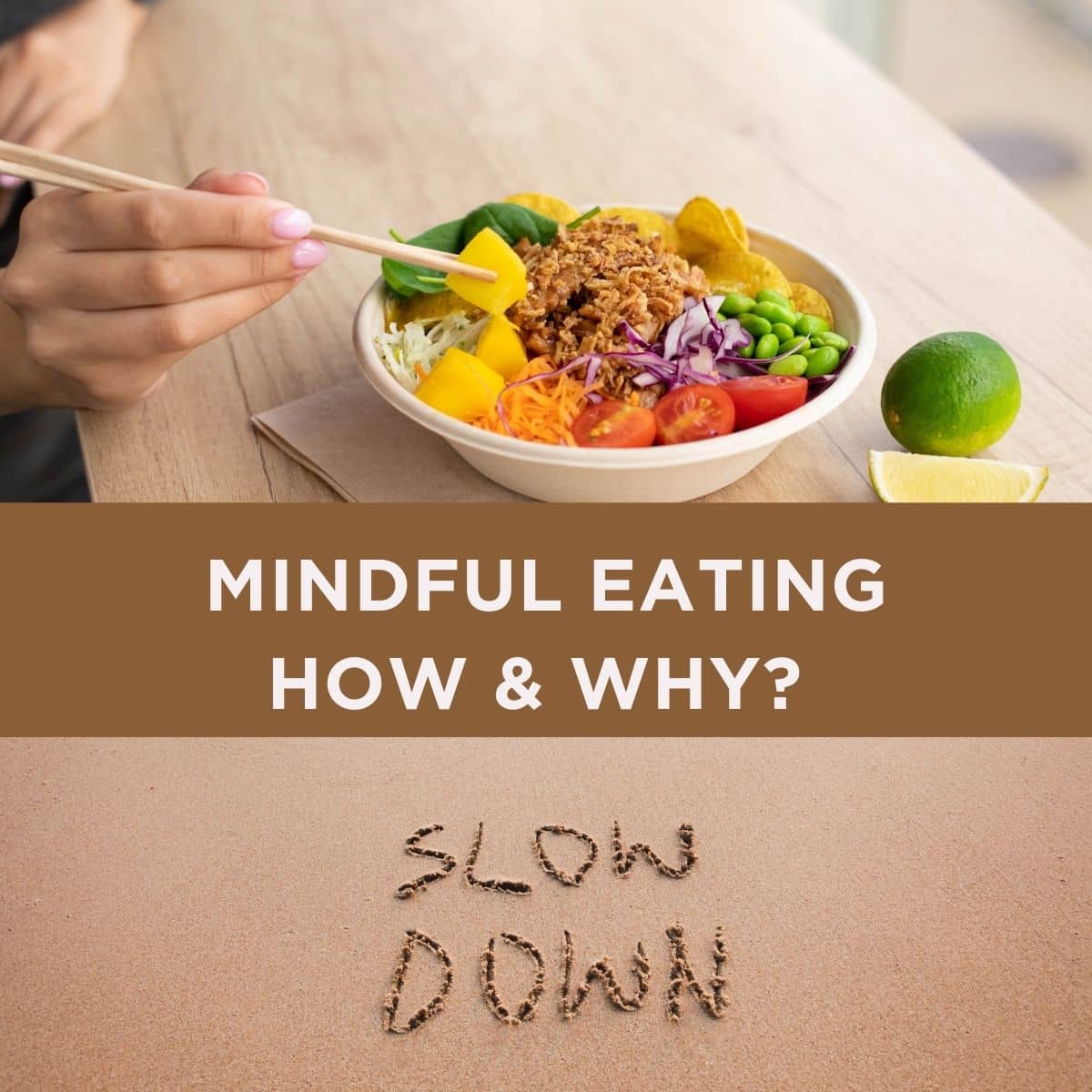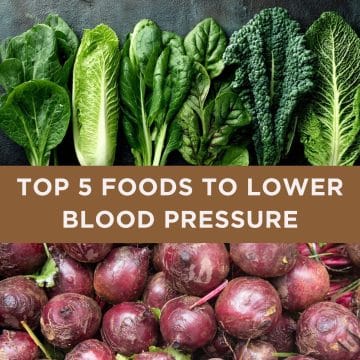Mindful eating can help you feel more connected to the process of eating and nourishing your body, so you're less likely to overeat. Within this article, I will introduce you to the concept of mindful eating and share some tips for developing your own mindful eating practice.

Why do we eat?
Are you aware of how your mood and feelings affect your eating habits? Some people eat when they are stressed or lonely, while others forget to eat. The media inundates us with messages on "good" foods and "bad" foods; it's nearly impossible to eat anything without hearing judgment from somewhere.
It's amazing what happens when you relax and remove the pressure around eating. Try to eradicate any guilt from eating specific foods. It's time to reconnect with your enjoyment of food and develop a healthy and wholesome relationship with your sustenance.

What is mindful eating?
You have likely heard of mindfulness, a practice that brings the mind's awareness into the present moment. Mindful eating is based on this concept. Mindful eating helps you connect with the sourcing, preparation, and consumption of food in a way that is in the moment, thoughtful, and free from judgment.
Eating mindfully gives you the time to taste, smell, savor, and enjoy the food more.
There are five key elements to consider when it comes to mindful eating.
- What are you eating?
- Why are you eating?
- How much are you eating?
- How often are you eating?
- How mindfully are you eating?
Mindful eating is about paying attention and being intentional with what you choose to eat and drink.

What are the benefits of mindful eating?
Mindful eating encourages you to stop and think about what you want to put into your body. It allows you to recognize foods you thrive on and foods that detract from your well-being.
The saying "you are what you eat" bears a lot of truth. Mindful eating helps you make healthier decisions. But that isn't the only reason to adopt mindful eating habits.
In essence, mindful eating means being fully attentive and present as you buy, prepare, serve, and eat your food. The idea behind it is to help you savor the moment and the pleasure of eating food while encouraging you to be fully present as you do so.
That said, many people do lose weight when they adopt mindful eating practices. This is because you take longer to eat, which increases satiety, and because you commit to being fully engaged and in the moment when you eat, which makes it easier for you to consume and digest what your body needs.
When you consume food with presence and awareness, your digestion is primed and ready to assimilate the nutrients more efficiently.

4 ways to practice mindful eating
Mindful eating does not mean you have to cut out all treats. It's essential to incorporate healthier treats into your eating experience. It simply means that you are aware of the foods you consume and are intentional in your choices. It also helps you appreciate any treats even more, as you're savoring the moment and the act of eating.
Here are some tips to help you get started with a mindful eating practice.
1. Give yourself adequate preparation time before eating
Consider food planning and preparation the first stage of mindful eating. Chopping and measuring out ingredients are part of your mindful experience. Chopping, weighing, sieving, and peeling are all food preparation processes that can draw you into the moment.
You can even be mindful when washing the dishes and sweeping the floor!
When you spend time planning your meals, reviewing ingredient lists, and then shopping with a specific meal plan purpose, you build a deeper connection with your food. For instance, pick up a head of cauliflower and assess if it fits your needs for the specific dish you intend to make. This focus will cause you to pay attention to its shape, size, color, texture, and freshness - instead of mindlessly adding things to your shopping cart.
Visualize where the cauliflower was grown, who grew it, who picked it, and how fresh it is. Express gratitude for having access to this ingredient that will nourish you.
If you are time-poor, a handy option is to build a habit of batch cooking and advance meal preparations. Cook once, and eat twice!

2. Observe the flavors and textures
Don't be that person who gulps down their lunch at their computer while checking social media. Not only is it off-putting for colleagues, but it is also very unhealthy. Take the time to sit, relax, and enjoy your food. Give awareness and appreciation to your food.
- What aromas can you smell before you taste your food?
- Is it hot or cold?
- Is there an aftertaste?
- What flavors can you taste?
- What are the textures like?
- How many times do you chew each mouthful?
- How many spoons of food does it take to satisfy your hunger?
Do you lean toward certain textures? Are your food adversities all about flavor, or does texture come into play? Some people think mushrooms are slimy. Others enter a trance state, crunching their way through a full bag of potato crisps.
Allow your taste buds and salivary glands to guide you on a journey of sensation. Chewing food slowly is an aspect of mindful eating and aids digestion.
Did you know that chewing food slowly aids weight management by helping you listen to your brain when it tells you that you are satiated?

3. Be mindful of your feelings around eating and food
Emotional eating is associated with overeating in response to negative stimuli. Have you ever craved chocolate when feeling sad or lonely?
Food and your relationship with it are complex. When you practice eating mindfully, you can control your impulses, understand your emotions, and gain more awareness of your food consumption.
If you use chocolate as a comforter, for example, next time you have a chocolate craving, it might be time to sit with your emotions and figure out the source of your feelings.
You can be aware of your emotions and feelings in and around food without falling victim to emotional eating; mindful eating helps with this. Be aware that emotional eating inflicts you with unhealthy feelings of guilt and shame.

4. Do your food choices reflect your needs and values?
Are you feeding your body with what it needs to thrive?
If you have a dedicated fitness schedule, mindful eating will help you live balanced, ensuring your food habits are in sync with your fitness routine. Mindful eating helps you treat your body the way it needs to be treated to perform at its best.
Take a moment to reflect on your morals and values. If you are passionate about the environment and animal rights, do your food habits reflect this? Synchronizing your values and eating habits is vital to mindful eating and will help you lead an authentic life.
- Where does your food come from?
- Who produced your food?
- Who picked your food?
- What company produced your food?

To conclude
When you relish your eating experiences, you develop a more profound gratitude for your food and life. The processes of planning and preparing food help draw you into the present moment, and enhances your awareness of the food and body connection. Mindful eating is a way to build stronger connections with yourself and nature.
Sometimes, eating can evoke fear and anxiety. There are so many choices to make and conflicting nutritional guidelines in our news feed. Cooking your own whole food ingredients and practicing mindful eating will bring more peace and calmness into your life.
Once you start to feel the benefits, you will never look back.







Did you make this recipe? Let me know!